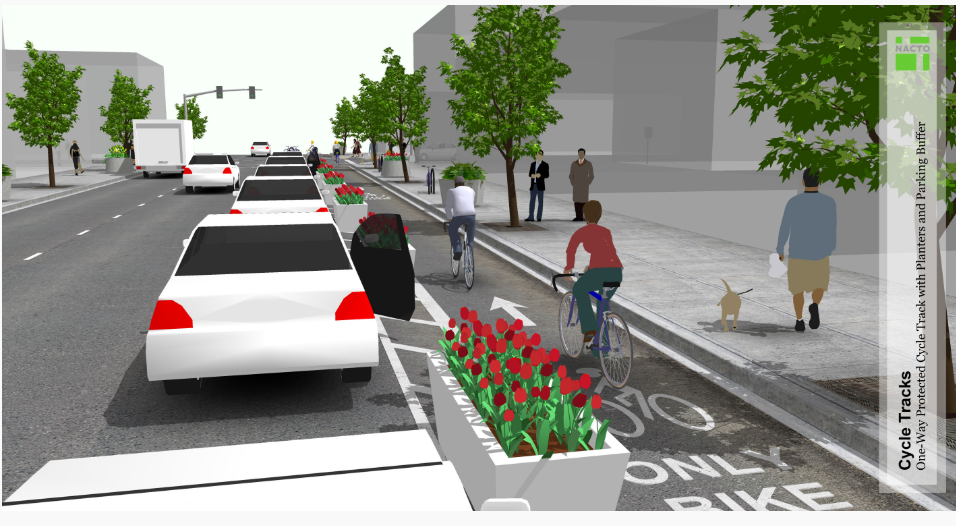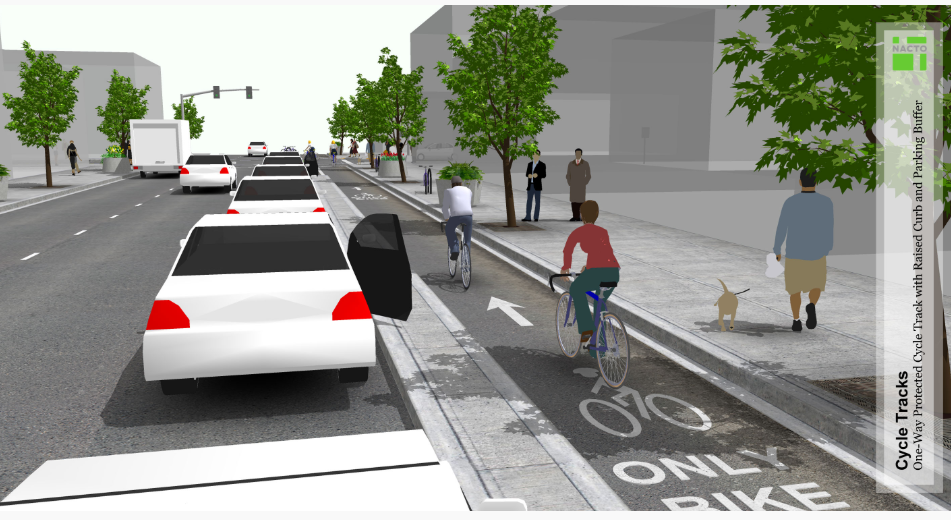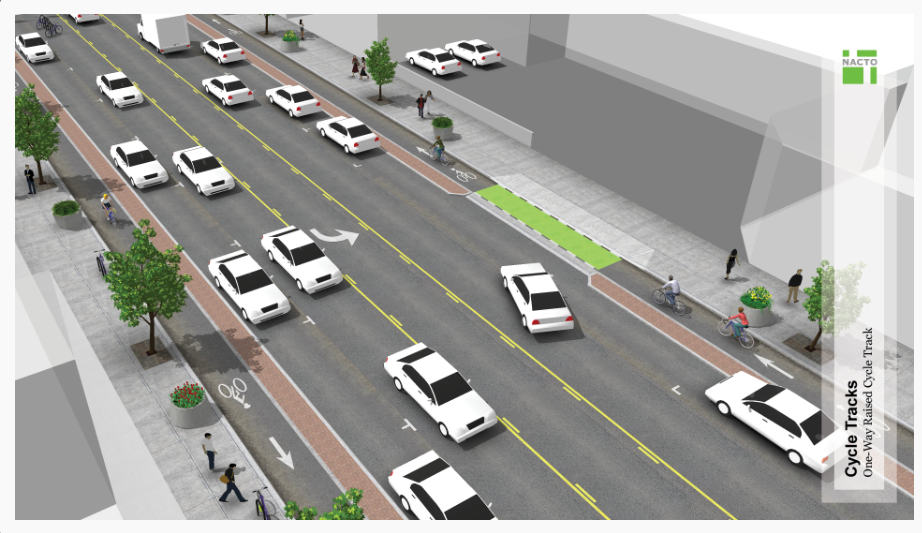New and improved bike infrastructure in the HRM should be accessible and comfortable to use for people of All Ages and Abilities (AAA Infrastructure). This means that every person on a bike, with any level of experience or confidence in traffic, is comfortable getting around the city.
HRM streets are built around the National Association of City Transportation Officials (NACTO) guidelines, as well as the Transport Advisory Committee guidelines around infrastructure. The links below some of the safety and efficiency reasons that we advocate for protected or raised bike lanes.
These are the two primary types of bike lanes that we advocate for at the HCC:
- Separated from traffic by planters, cement dividers, or parking spots.
- Dedicates and protects space for bicyclists in order to improve perceived comfort and safety.
- Eliminates risk and fear of collisions with over-taking vehicles.
- Reduces risk of ‘dooring’ compared to a bike lane and eliminates the risk of a doored bicyclist being run over by a motor vehicle.
- Prevents double-parking, unlike a bike lane.
- Low implementation cost by making use of existing pavement and drainage and by using parking lane as a barrier.
- More attractive for bicyclists of all levels and ages.
- Bike lanes that are raised above the level of the road with necessary curb ramps and access points.
- More attractive to a wider range of bicyclists at all levels and ages than less separated facilities.
- Keeps motorists from easily entering the cycle track.
Encourages bicyclists to ride in the bikeway rather than on the sidewalk. - Can visually reduce the width of the street when provided adjacent to a travel lane.
- Minimizes maintenance costs due to limited motor vehicle wear.
- With new roadway construction a raised cycle track can be less expensive to construct than a wide or buffered bicycle lane.
Other Acceptable Infrastructure
While these types of bike lanes are ideal wherever possible, there are some instances where Local Street Bikeways and Multi-Use Trails make the most sense.
Local Street Bikeways are quiet residential streets adapted to be safer for cyclists. Elements of Local Street Bikeways include:
- Reduced traffic volumes
- Low speed limits
- Physical infrastructure (e.g. bump outs, curbs) to restrict traffic speeds
Multi-Use Trails can also be great infrastructure in certain areas where people are walking, biking, and rolling using different modes. However, these trails should be:
- At least 3.5 meters wide
- In places where the volume of active transportation users is lower
Infrastructure We Do Not Support
Bi-Directional Bike Lanes
HCC advocacy does not consider bi-directional bike lanes as quality infrastructure because they are:
- Often over-crowded and dangerous for cyclists who are moving at different speeds
- Difficult for cyclists to access shops/residences etc. on the opposite side of the street
- Challenging to make turns into or out of
- Unsafe at intersections










